Guiding teenagers towards self-discipline can seem like a maze. They want to be independent and are often emotional. But, with the right strategies, you can help them develop important skills for life. This guide shows nine ways to help teenagers become more disciplined, setting them up for success.
Key Takeaways
- Establish clear boundaries and consequences to promote self-discipline
- Encourage teens to break down big goals into smaller, achievable tasks1
- Incorporate physical activity and exercise routines to boost self-discipline1
- Foster open communication and emotional intelligence to build trust
- Provide positive reinforcement to reinforce good behavior
Teenagers are at a special stage, dealing with more freedom, emotional shifts, and a need to express themselves2. By knowing this and using effective discipline methods, you can help your teen grow in self-discipline and well-being.
Conscious Discipline Strategies for Emotional Intelligence
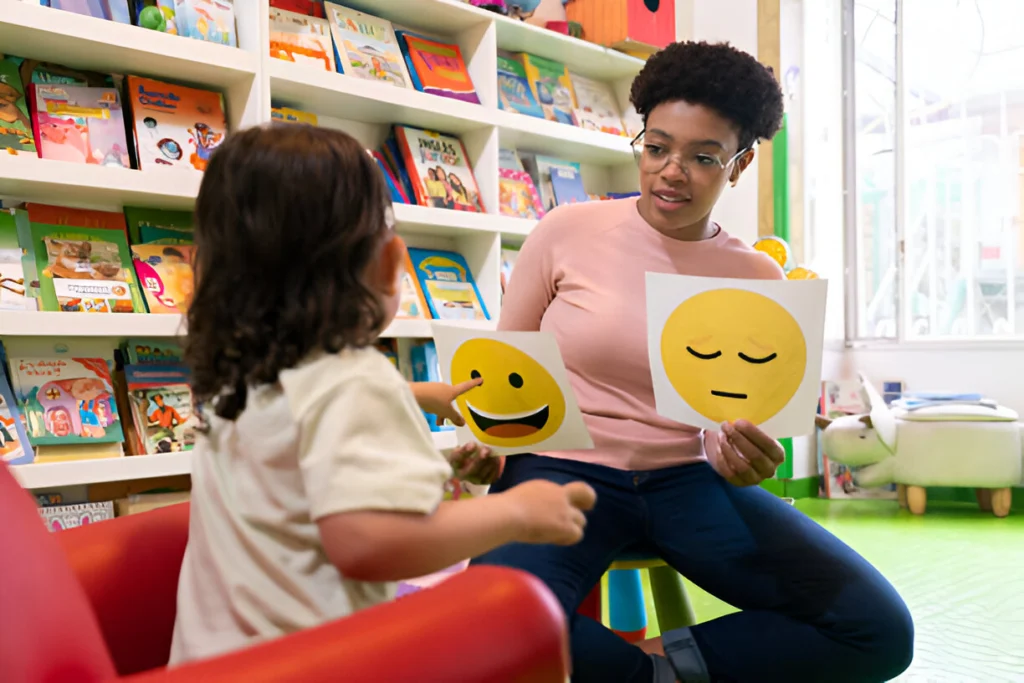
Conscious Discipline is a method that helps kids manage their feelings and understand how their actions affect others. This program3 has been recognized for its effectiveness in teaching social and emotional skills. It boosts self-awareness and empathy, making kids better at handling emotions and doing well in school4.
Empathy Training
Empathy training is a key part of Conscious Discipline. It teaches kids to see and feel what others are going through4. This helps them become more understanding and kind, improving their emotional intelligence.
Calm-down Spaces
Conscious Discipline suggests creating special places for kids to calm down when they’re upset4. These spaces help kids learn to control their emotions, giving them the tools to handle feelings in a healthy way.
Guided Reflection
Guided reflection is another important part of Conscious Discipline. It involves asking kids deep questions to help them solve problems5. This method boosts critical thinking and problem-solving, which is also helpful in schoolwork4.
By using Conscious Discipline, teachers and parents can help kids develop emotional intelligence and empathy. This creates a supportive learning environment for everyone3.
| Conscious Discipline Strategy | Description | Key Outcomes |
|---|---|---|
| Empathy Training | Teaching children to recognize and respond to the feelings of others | Promotes emotional intelligence, kindness, and understanding |
| Calm-down Spaces | Designated areas where children can regain control over their emotions | Supports self-regulation and constructive emotional management |
| Guided Reflection | Asking thoughtful questions to help children think through challenges and discover solutions | Reinforces critical thinking and problem-solving skills |
“Conscious Discipline offers various online courses, professional development options, and in-person events to support schools in implementing effective emotional intelligence strategies.”3
Conscious Discipline is a complete system for teaching kids emotional intelligence, empathy, and self-control. It helps them deal with challenges and grow into responsible individuals. By using these strategies, parents and teachers can build a supportive environment that promotes emotional health and academic success.
Classroom Discipline Strategies for Teachers
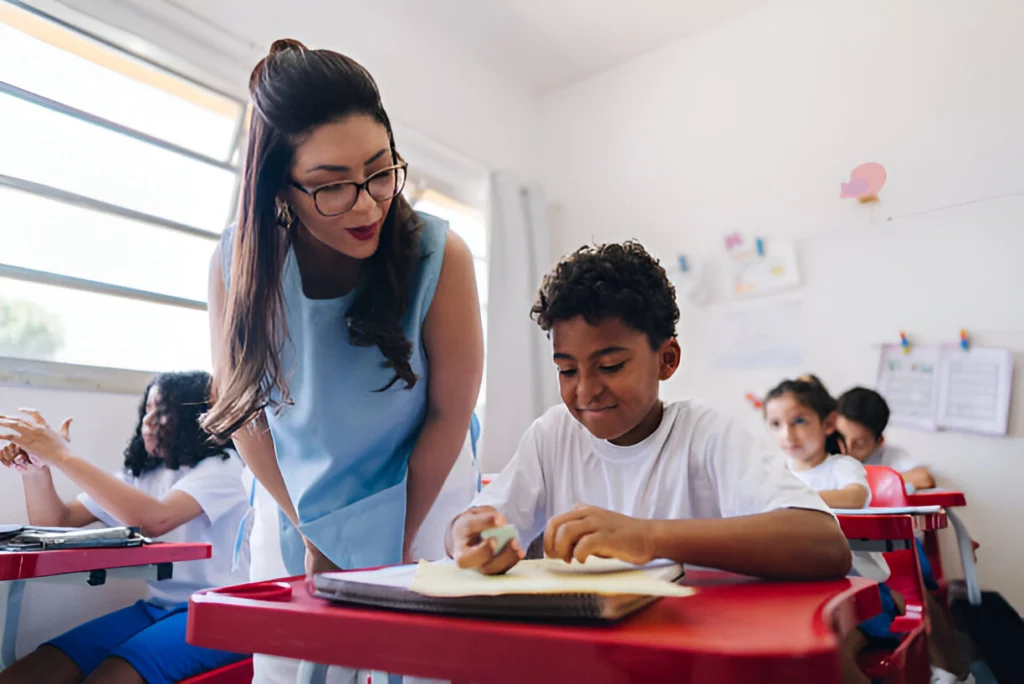
As a teacher, it’s key to have good classroom discipline strategies. A predictable routine and structure makes students feel safe and focused. Positive reinforcement like praise or small rewards encourages good behavior6.
It’s also important to have clear rules and consequences. When students know what’s expected and what happens if they don’t follow it, they’re more likely to behave. Letting students help make these rules can make them feel more involved6.
To deal with disruptions, make lessons interesting to your students6. Also, starting each day with a clean slate can keep things positive6.
| Effective Classroom Discipline Strategies | Percentage of Teachers Who Find Them Effective |
|---|---|
| Setting clear standards and consequences | 83%7 |
| Creating a cheerful and orderly classroom environment | 67%7 |
| Getting to know students personally | 91%7 |
| Showing interest in students’ lives and concerns | 74%7 |
| Treating students with respect | 62%7 |
Using these classroom discipline strategies can make your classroom a better place for learning678.
Good classroom discipline helps teachers manage their classrooms and benefits students a lot. Consistent and fair discipline makes teaching more effective8. It also builds trust and respect8, and helps students learn self-discipline and reach their goals8.
Discipline Strategies for Elementary Students
Teaching discipline to young kids is all about gentle guidance and positive feedback. These methods help them learn to control themselves and work well together. Teachers use visual aids, short breaks, and redirection to make a structured learning space. This space supports kids’ emotional and behavioral growth.
Visual Aids and Charts
Visual reminders like behavior charts or classroom rules help kids keep track of their actions. These aids gently remind them of what’s expected. This way, kids can watch their own behavior and feel responsible for it9.
Short Breaks
Short breaks, or “time-outs,” help kids calm down when they’re feeling upset or overwhelmed. These short pauses help kids manage their feelings. It keeps the classroom calm and focused on learning9.
Gentle Redirection
Instead of saying “no” a lot, teachers guide kids to better choices. This helps kids use their energy in positive ways. It teaches them self-control and problem-solving skills9.
Using these strategies, teachers build a classroom that values learning and teamwork. The aim is to help kids grow into responsible and self-controlled individuals. This is done through gentle teaching and positive encouragement.
Positive Discipline Strategies for Kids and Teens
Positive discipline strategies help guide kids and teens without harsh punishments. They encourage cooperation, respect, and self-control10. This method promotes good behavior and discourages bad, focusing on respect and problem-solving10.
Natural Consequences
Natural consequences let kids see the results of their actions11. Timeouts should last no more than one minute for each year of their age11. It teaches them to be responsible and learn from mistakes.
Encouraging Problem-solving
Problem-solving helps kids think and find solutions11. It’s good for all ages, from birth to 12 years old11. It teaches them to face challenges and grow in confidence.
Reward Charts
Reward charts use stickers or points for good behavior, especially for young kids10. They encourage cooperation and self-control with clear rewards10. You can tailor them to fit your child’s needs.
If positive discipline doesn’t work after a few weeks, seek help from a doctor or Family Advocacy Program11. Military OneSource also has a free parenting program called “Thrive” for military families11.
Using these positive discipline methods creates a supportive environment. It helps kids and teens develop self-discipline and problem-solving skills. Learn more about building independence in your children.
Best Discipline Strategies for ADHD Children
Parenting ADHD children needs a special touch. Using Discipline Strategies made just for them helps a lot. These methods include giving Short, Simple Instructions, sticking to Structured Schedules, and finding Positive Outlets for their energy.
Short, Simple Instructions
ADHD kids often have trouble following directions12. It’s key to grab their attention first. Then, give clear, easy-to-understand instructions12. This makes big tasks easier to handle.
Structured Schedules
ADHD kids do better with a set routine12. A Structured Schedule gives them a sense of safety. It helps them know what to expect each day.
Positive Outlets
It’s great to praise small achievements, like better grades12. Also, giving them fun activities to do helps a lot. These activities keep their energy up and make them feel good about themselves.
Using these Discipline Strategies for ADHD Children makes a big difference. It helps them grow, feel safe, and learn important life skills.
Discipline Strategies in Schools for Orderly Learning
Discipline strategies in schools are key for a good learning environment. They help teachers keep the classroom organized and focused. This makes learning better and interactions more respectful13.
Peer mediation is a great way for students to solve small conflicts with help from a trained peer. It teaches them how to resolve conflicts and builds a sense of community13. Workshops on conflict resolution also help students learn to manage disagreements. This builds positive relationships with their peers13.
Teacher support programs give educators the tools they need for classroom management. These programs teach teachers how to use positive methods and consequences. This helps keep the classroom orderly and focused13.
| Discipline Approach | Characteristics | Outcomes |
|---|---|---|
| Zero Tolerance | Focus on punishment through suspension, expulsion, and alternative education programs13 | Lack of evidence in improving school climate, safety, and academic outcomes14 |
| Authoritative Teachers | Emphasize positive, proactive techniques for behavior management13 | Promote positive relationships, academic achievement, self-worth, and emotional well-being13 |
| Innovative Strategies | Teach expected behaviors, provide feedback, and build pro-social skills14 | Improve school climate and reduce problem behaviors14 |
Using a mix of these strategies, schools can foster self-discipline and academic success. This is key for orderly learning1314.
Effective discipline strategies are vital for a learning environment where students can do well. By using peer mediation, conflict resolution workshops, and teacher support, schools can help everyone. This creates a culture of respect and self-discipline131415.
How to Discipline a Child Without Yelling or Hitting
Disciplining a child is a delicate task. Many parents struggle to find effective methods that don’t involve yelling or physical punishment. Research shows these harsh tactics can harm a child’s development. Fortunately, there are kinder, more positive approaches to discipline. These methods help children learn and grow without causing harm.
Use a Calm Tone
When a child misbehaves, parents often feel frustrated or angry. But yelling or harsh words won’t solve the problem. Instead, try to speak to your child in a calm, gentle tone.16 This helps calm the situation and lets you communicate your expectations clearly and with compassion.
Redirect Attention
Instead of focusing on the negative behavior, try redirecting your child’s attention. Redirecting to a positive activity or task can prevent escalation and encourage constructive behavior.17
Logical Consequences
When a child’s behavior is unacceptable, setting clear, logical consequences is key. This means explaining why the behavior is not okay and suggesting better alternatives, not yelling or hitting.1716 By guiding your child towards positive choices, you help them develop self-discipline and understand what’s acceptable.
Disciplining a child without yelling or hitting requires patience, empathy, and a commitment to a respectful relationship. By using these strategies, you can help your child learn and grow in a healthy, supportive environment.
Age-Appropriate Discipline Chart for Effective Guidance
Creating a good discipline plan for your child can be tough. Their needs and growth stages change a lot. Luckily, an age-based discipline chart can guide parents and teachers in using the right methods for each age.
For toddlers, simple redirection and short time-outs are good for stopping bad behavior18. For preschoolers, visual aids like behavior charts help them understand cause and effect19. As kids get older and enter elementary school, using natural consequences and teaching responsibility is helpful19.
With teenagers, talking openly and setting clear rules are crucial. This builds self-discipline and emotional smarts, and strengthens your bond18.
Every child is different, and what works best changes with their age, personality, and needs. By matching your discipline to their stage, you can get positive, lasting results. This helps your child grow into a self-disciplined, emotionally mature person.
In short, an age-appropriate discipline chart is a great tool for guiding kids from toddlers to teens. By knowing what each age needs, you can adjust your discipline. This helps your child develop good behavior and self-control18.
Methods of Discipline in Child Care Settings
In child care settings, effective discipline strategies focus on creating a nurturing environment. This environment promotes respect, cooperation, and self-discipline. These methods emphasize Modeling Behavior, setting Clear Boundaries, and using Positive Communication to guide children’s behavior development20.
Modeling Behavior is a powerful tool, as children often learn by observing and imitating their caregivers. Childcare providers can set a positive example by demonstrating self-control, empathy, and problem-solving skills20.
Establishing Clear Boundaries is essential for maintaining a safe and structured environment. Childcare settings have regulations regarding discipline practices, underscoring the importance of legal alignment in this field20.
Positive Communication involves using gentle, constructive language to guide children’s behavior. This approach focuses on active listening, offering choices, and providing positive reinforcement to encourage responsible choices20.
- Positive discipline fosters social-emotional development in children by equipping them with skills to manage emotions, resolve conflicts constructively, and make responsible choices20.
- Every state has regulations regarding childcare discipline practices, showcasing the importance of legal alignment in this field20.
- The Center for Positive Discipline (https://www.positivediscipline.com/) offers valuable guidance and training opportunities relevant to childcare providers20.
- Illustrative examples of good, bad, and illegal discipline practices in childcare settings give tangible scenarios to inform effective discipline strategies20.
- The emphasis on positive reinforcement, active listening, and offering choices in fostering relationships with children demonstrates a shift towards empowering children in their behavior development20.
- Contrast between methods like time-in versus time-out highlights the importance of providing a safe and supportive space for children to manage strong emotions20.
- The statistics indicate a shift from punitive measures like yelling or isolation towards more constructive approaches in discipline techniques20.
- Mention of illegal practices like corporal punishment and withholding basic needs underline the legal and ethical responsibilities of childcare providers20.
| Discipline Approach | Recommended Practices | Cautions |
|---|---|---|
| Positive Guidance | 52-85% of discipline should focus on positive guidance, re-direction, and setting clear limits to foster self-discipline21. | Corporal punishment has limited effectiveness and may have potentially hurtful side effects21. |
| Time-Out | Time-out should only be used for children aged 3 or over, and the caregiver must keep the child within visual contact21. | Time-out should not be used with infants and toddlers, as they are not cognitively ready to understand this consequence21. |
| Positive Reinforcement | Positive reinforcement is an effective technique used in positive discipline to motivate children, leading to consistent positive behavior22. | Setting clear and age-appropriate expectations is important in positive discipline as it helps children understand acceptable behaviors22. |
By embracing these Discipline in Child Care Settings, childcare providers can create an environment that fosters Modeling Behavior, establishes Clear Boundaries, and encourages Positive Communication. This environment empowers children to develop self-discipline and essential life skills202122.
Self-Discipline Techniques for Pre-Teens and Teenagers
As your children grow into pre-teens and teenagers, your role changes. You become more of a guide than a teacher. They still need your support in making good choices and a safe place to turn when they make mistakes. Consistent expectations, praise, and consequences are key for teens, just like for younger kids.
Setting clear rules teaches teens self-discipline, and being consistent is key23. Consistent rule enforcement helps teens learn discipline23. It’s good to guide them but also let them make their own decisions to develop problem-solving skills and self-control23.
Talking openly about rules and why they matter can make teens more likely to follow them23. It’s okay if they break rules sometimes. This can help them learn about consequences and why rules are important23.
Practical and realistic consequences work well; they should match the infraction and be easy for parents to enforce23. Being a positive role model is crucial for teens; parents’ behavior greatly influences their children’s self-control23.
Showing self-discipline yourself helps shape your teenager’s behavior23. A study shows parents are away from their kids for 80% of their lives, making self-discipline techniques important before they leave24.
Setting limits gives teens direction and security, like driving on the right side of the road24. They should get freedom in steps, with limits adjusted based on their maturity and rule-following24.
Encouraging teens to think about moral questions on their own helps with self-control24. Showing them the effects of their choices, both good and bad, teaches responsibility and self-discipline24.
Clear boundaries and consequences for breaking rules teach the value of self-control24. Rewarding positive behaviors and milestones with more freedom helps teens see the importance of self-discipline24.
Sharing your own stories of good choices can positively influence your teenager’s self-discipline journey24. Gradually giving them more control helps them learn from mistakes and develop self-control24.
Clear limits and expectations can prevent problem behavior from starting25. Getting your child involved in setting limits and rules can make them see you as fair and more likely to follow the rules25.
Descriptive praise can encourage good behavior in teens25. Using consequences as part of discipline helps teens understand the importance of following rules25.
Withdraw cooperation strategy teaches that actions have consequences25. Taking away privileges should be rare to keep consequences effective25.
It’s important to clearly explain the problem behavior and the agreed consequence for effective discipline25. Encouraging self-reflection helps teens think about their actions and consider better choices in the future25.
Teenagers test boundaries as they develop independence and understand social expectations25. Their behavior is shaped by brain development, peer pressure, and intense emotions, making parental guidance crucial for positive choices25.
Agreeing on Clear Limits with Pre-teens and Teenagers
Setting clear limits is key when disciplining pre-teens and teenagers. Involve your child in making family rules and responsibilities. This makes them feel part of the process. Talking about rules and consequences early helps them know what’s expected at home26.
Pre-teens and teenagers like to be in charge. They might resist rules they see as unfair26. By talking openly and letting them help set rules, you build respect and responsibility27. Be ready to change rules as they grow up and show more maturity27.
“Encouraging self-discipline in teenagers often involves setting limits with empathy, fostering connections, and enforcing boundaries with humor and affection.”26
When setting consequences, work with your child to find fair outcomes for bad behavior27. Take away privileges, use natural consequences, and encourage them to solve problems. This helps them learn self-discipline27. Being consistent and clear is important so your child knows the rules27.
Working together on clear limits builds trust and cooperation in your pre-teen or teenager26. This method can lead to better results and a stronger bond between you and your child27.
Using Consequences as Part of Self-Discipline
Consequences are key in teaching self-discipline. Positive ones, like praise and feedback, encourage good behavior28. On the other hand, negative ones, like losing privileges, can stop bad behavior28.
It’s important to make sure consequences fit the misbehavior28. Not helping your child with something they want can teach them a lesson28. Taking away privileges, like screen time, can also work well28.
Studies show that 70% of teens learn self-discipline from their actions29. Parents say using natural consequences works better than punishment, with 85% seeing positive changes29.
“It took six boys and a staff member a total of six hours to dig a hole big enough to bury the cow, showcasing the physical effort required for the consequence.”
Consequences should teach kids without risking them28. For example, changing curfew for being late or making them pay for a cab29. They can also lose car keys for traffic tickets29.
Using both positive and negative consequences helps teach self-discipline in teens2829. This way, parents and teachers can help them take responsibility for their actions2829.
Why Pre-teens and Teenagers Test the Limits
As pre-teens and teenagers grow, they test limits to understand the world and show they can make choices. This is because their brains are changing a lot, making them more likely to take risks, follow their friends, and feel strong emotions.
Though it can be tough for parents, this stage is key for kids to grow up. Parents can help their teens by talking openly, setting clear rules, and giving them more freedom as they get older30. Teens need rules to learn to control themselves and learn from their mistakes30. It’s easier to enforce rules if they are fair and make sense30.
Being too inconsistent with rules can make kids ignore them30. Teaching teens how to handle their feelings is important30. Starting early with teaching about rules and consequences helps when they’re older30.
| Importance of Boundaries for Teens |
|---|
| Teens actually want rules, as shown in the text31. Setting boundaries is key to knowing what’s okay and what’s not in the family31. Parents should choose their most important beliefs and use them to set rules31. Rules with consequences help teens learn to be responsible and mature31. Clear rules and consequences help teens make better choices31. Talking regularly and discussing boundaries keeps the connection strong31. |
Understanding why pre-teens and teenagers behave the way they do helps parents handle this tough time better. This way, they can help their kids become responsible and self-disciplined adults31.
“The teenage brain goes through massive growth and development, leading to increased risk-taking, peer influence, and emotional volatility. While this can lead to challenging behaviors, it’s a normal part of growing up.”
It’s crucial for parents to see that testing the limits is a natural part of growing up. By being understanding, consistent, and guiding, parents can help their pre-teens and teenagers get through this time successfully3031.
Conclusion
Using different discipline strategies can help your teenagers develop lasting self-discipline. Self-control, consistency, and emotional regulation are crucial. These skills can be learned over time, not just born with them3233.
Teaching your kids with methods that fit their age can build trust and responsibility. Setting clear rules and encouraging them to solve problems helps them grow. This way, they learn to make good choices and succeed in life33.
Teaching self-discipline to your teenagers is vital for their future. With patience and the right discipline strategies, you can help them achieve their dreams. They’ll face challenges with confidence and strength3233.
FAQ
What are the key benefits of encouraging self-discipline in teenagers?
How can conscious discipline strategies improve emotional intelligence in teenagers?
What are some effective classroom discipline strategies for teachers?
What discipline strategies work best for elementary-age children?
How can positive discipline strategies help guide both kids and teens?
What discipline techniques are most effective for children with ADHD?
How can discipline strategies in schools foster a positive learning environment?
What are some alternatives to yelling or physical punishment when disciplining a child?
How can an age-appropriate discipline chart guide effective discipline strategies?
What are some effective methods of discipline in child care settings?
How can parents help pre-teens and teenagers develop self-discipline?
Why is it important to agree on clear limits with pre-teens and teenagers?
How can the use of consequences support the development of self-discipline?
Why do pre-teens and teenagers often test the limits?
Source Links
- How to Build Self-Discipline As a Teen: 14 Key Habits
- Discipline Strategies for Teens That Really Work
- Home – Social and Emotional Learning
- Discipline Tips
- Five Steps to Self-Regulation Icons
- Top Tips For Maintaining Discipline In The Classroom – Engage Education
- Maintaining Classroom Discipline – Wisconsin Education Association Council
- Maintaining Classroom Discipline: Top 11 Effective Strategies
- Five Discipline Strategies That Preserve Dignity
- 9 Effective Discipline Strategies For Kids And Teens
- Positive Discipline Methods for Children | Military OneSource
- Parenting Dos and Don’ts: ADHD and Discipline
- Techniques for Better Classroom Discipline
- How to Discipline Kids Without Yelling: 7 Tools to Help
- How to Discipline a Child Without Hitting or Yelling
- Age Appropriate Discipline Chart PDF – The Positive Discipline Method
- A Parent’s Guide to Age-Appropriate Discipline
- Positive Discipline Techniques for Childcare Settings
- Positive Discipline – post
- Learning About How to Teach Your Teen Self-Discipline
- Teens and Self Control – Parenting Today’s Teens
- Discipline Strategies for Pre-teens and Teenagers
- Setting Limits with Preteens and Teens
- How to Create Discipline Strategies for Your Pre-Teens
- Discipline & Consequences | Children’s Lifetime
- Natural Consequences Teach Self-Control – Parenting Today’s Teens
- But They’ll Be Mad at Me: Why Kids Need Rules and Consequences – GoodTherapy.org Therapy Blog
- Boundaries for Teenagers – Parenting Today’s Teens
- Mastering Self-Discipline for Personal and Professional Growth
- The Importance of Self-Discipline for Exam Success

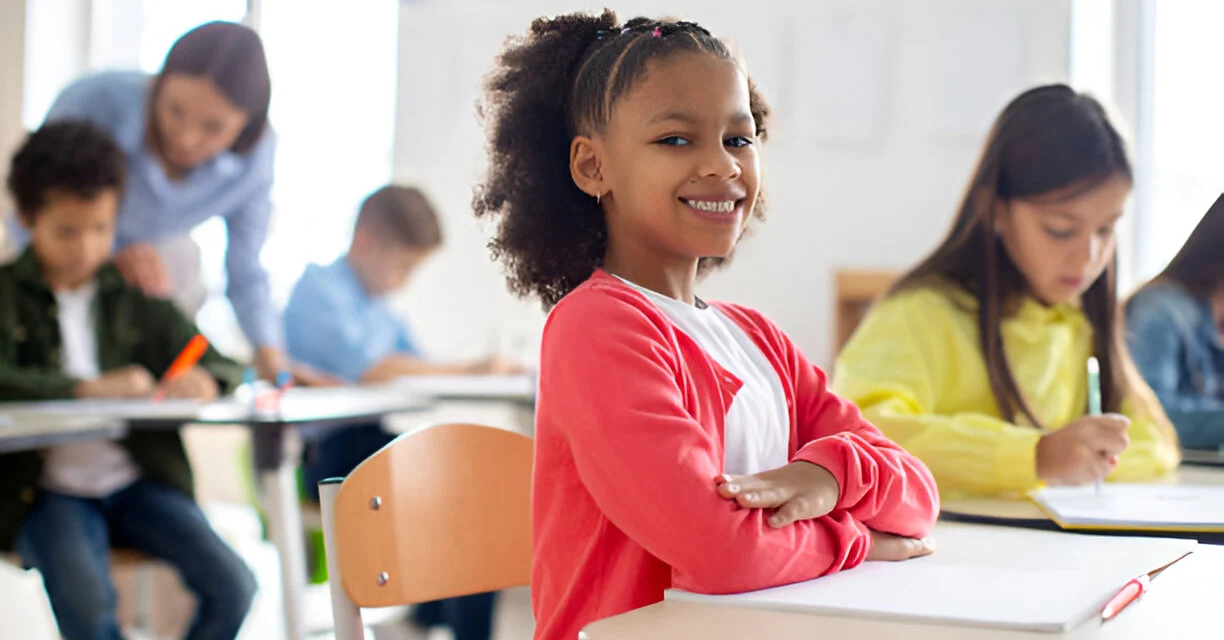
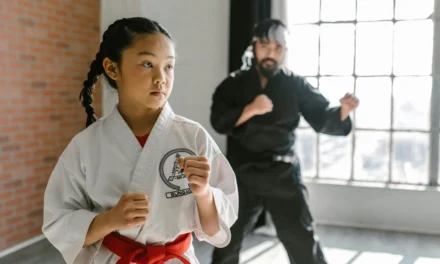


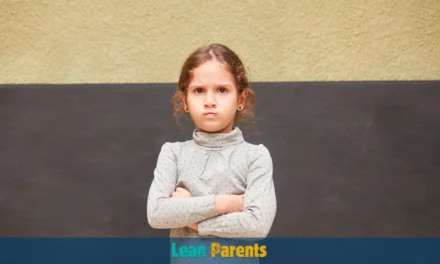
сео продвижение веб сайта
Зарядная электростанция идеально подходит для использования в условиях, где нет доступа к электрической сети.